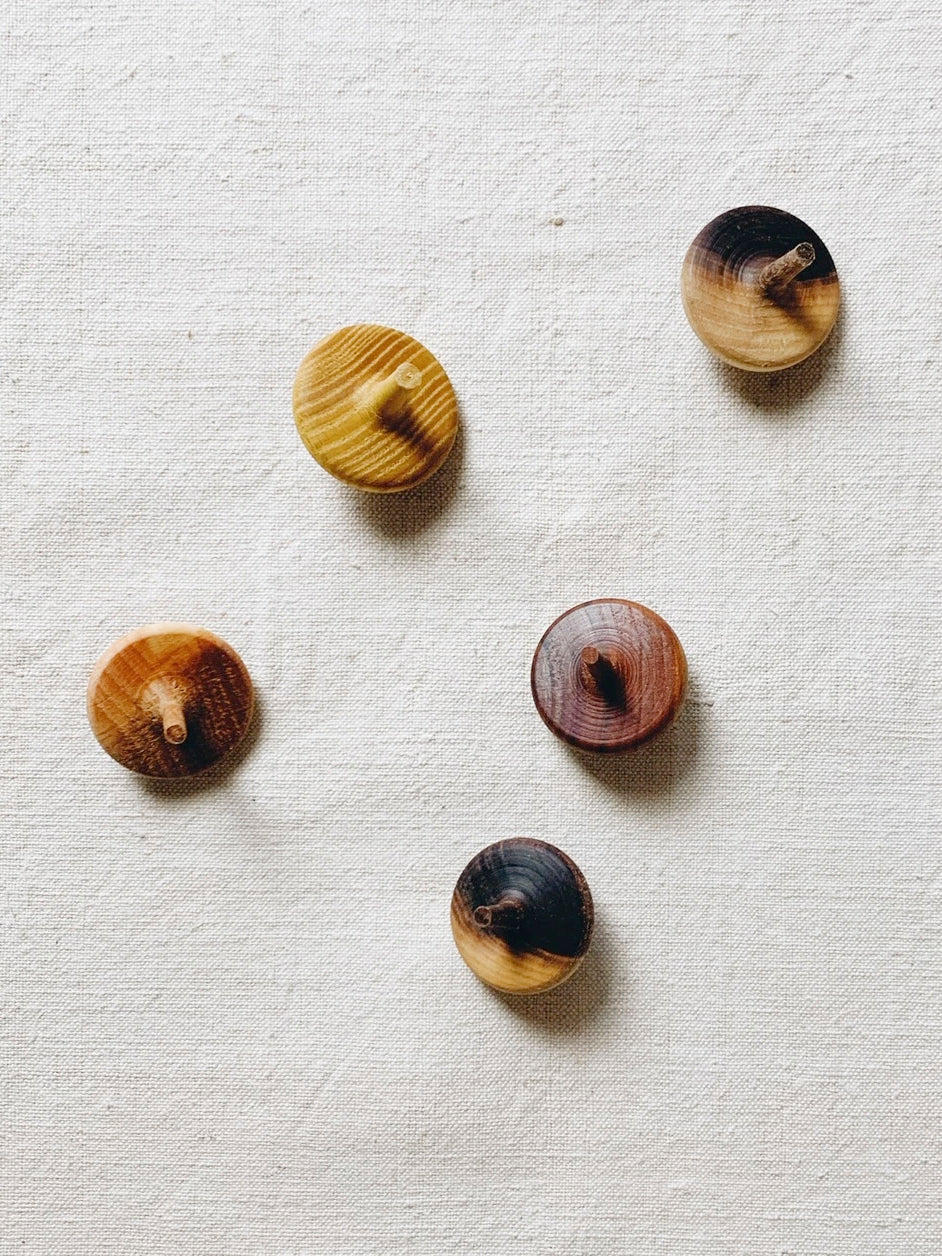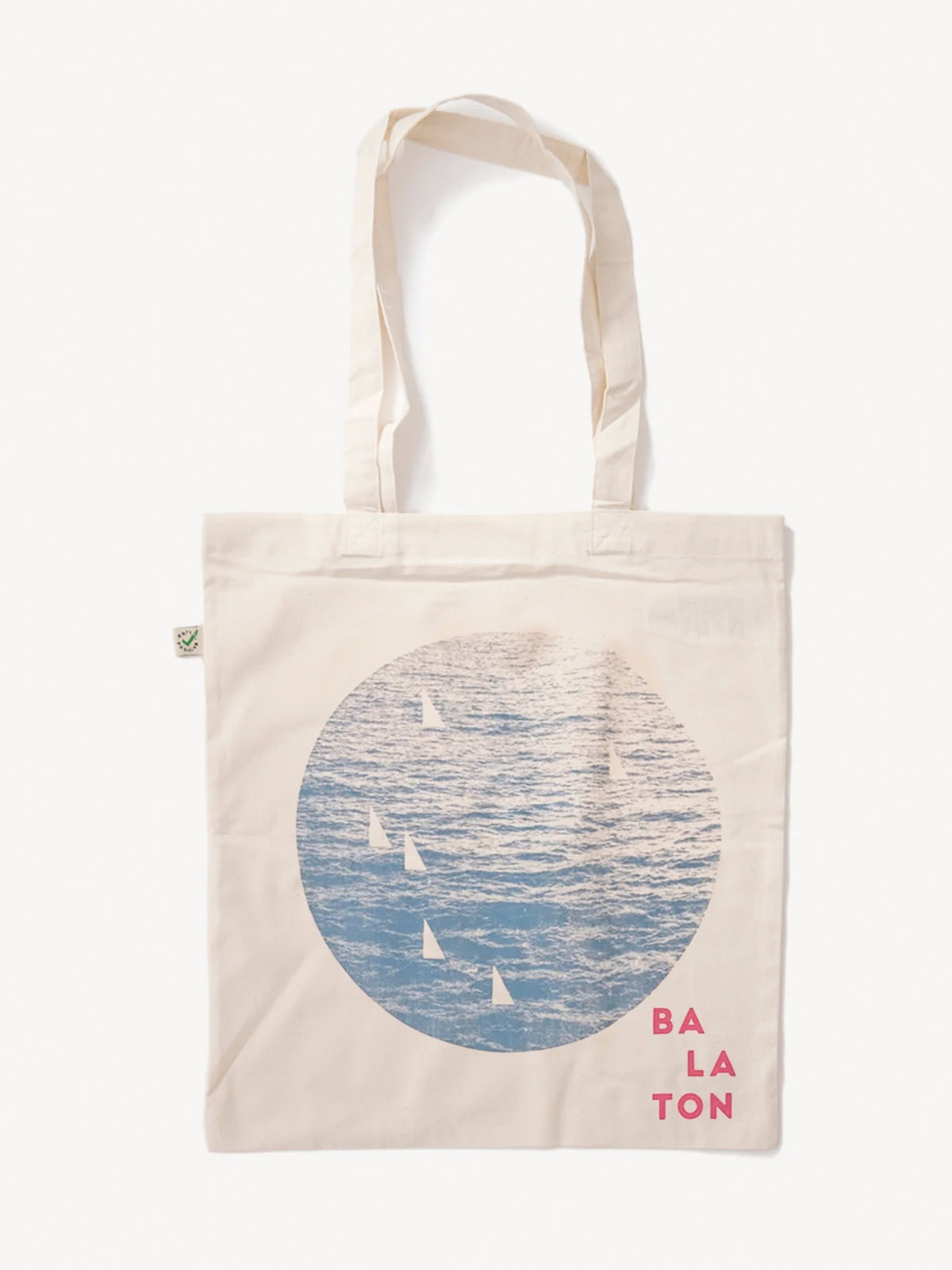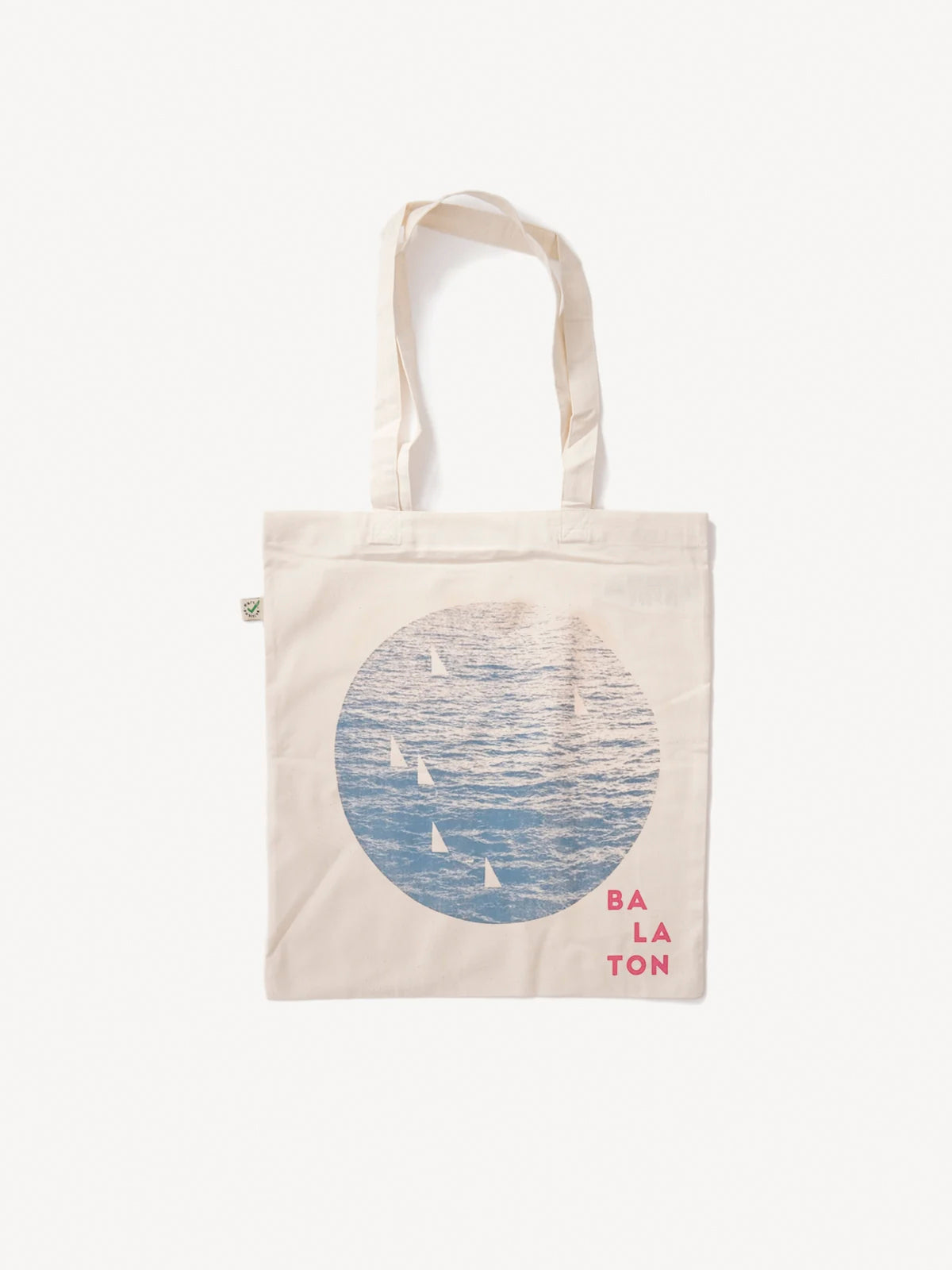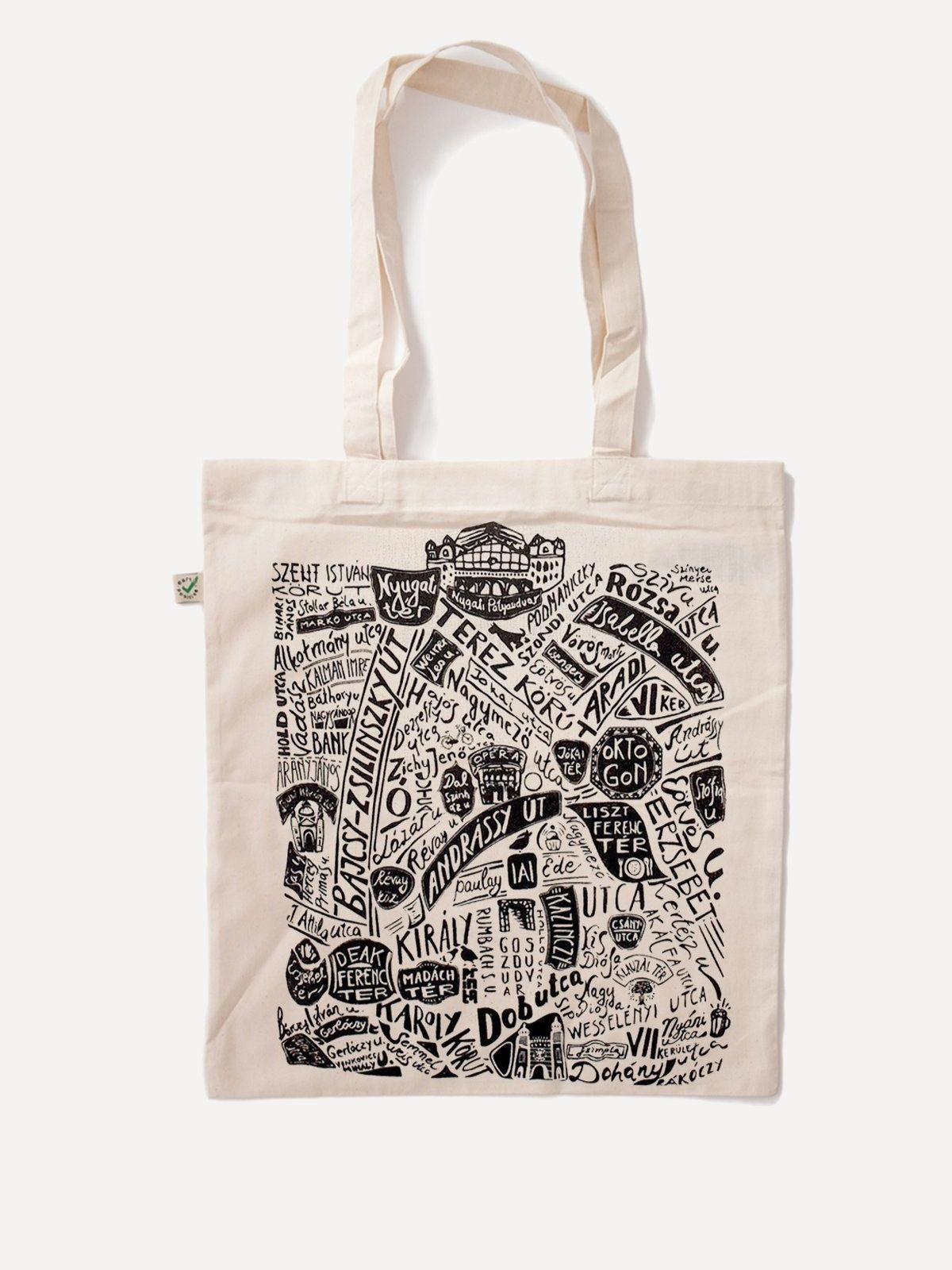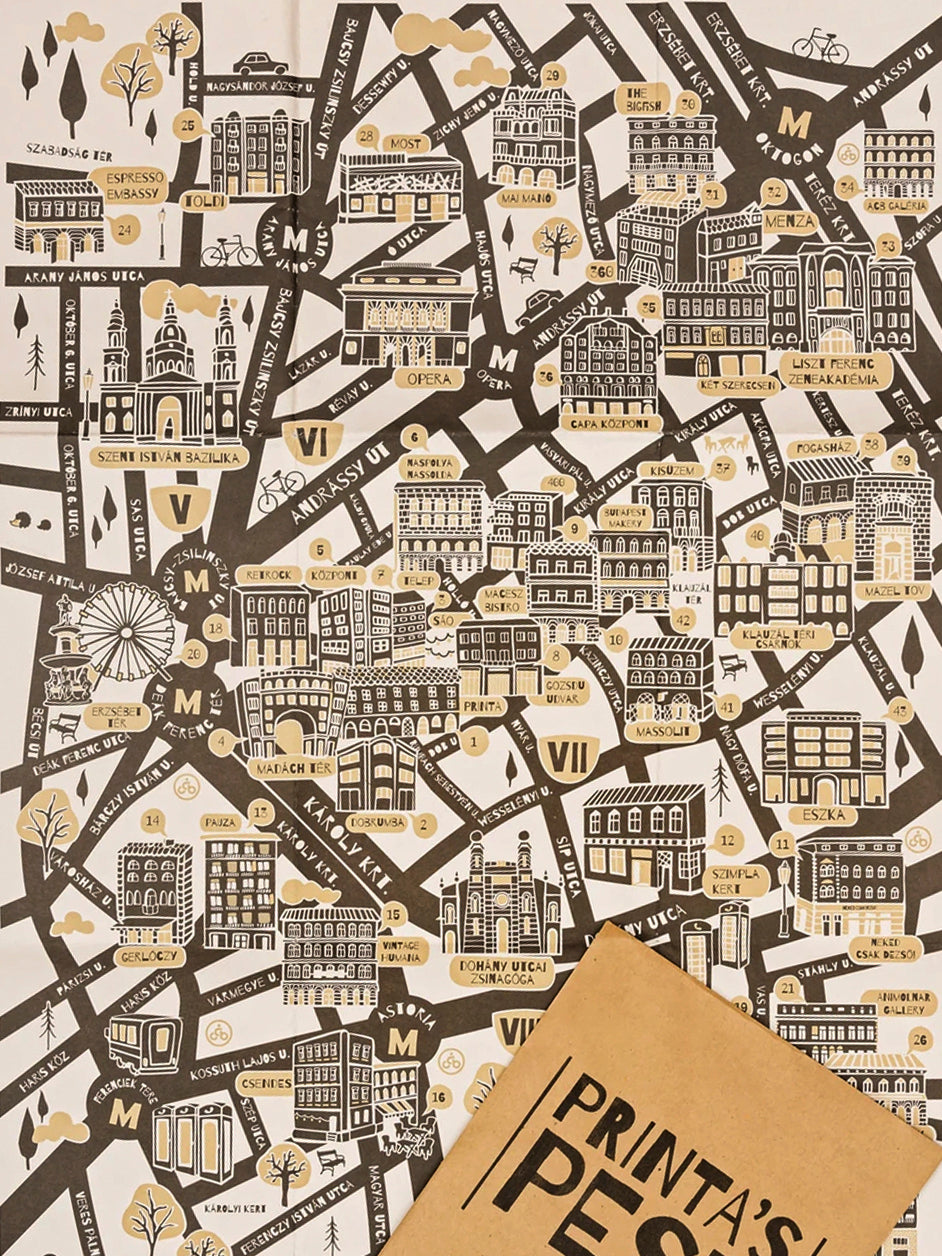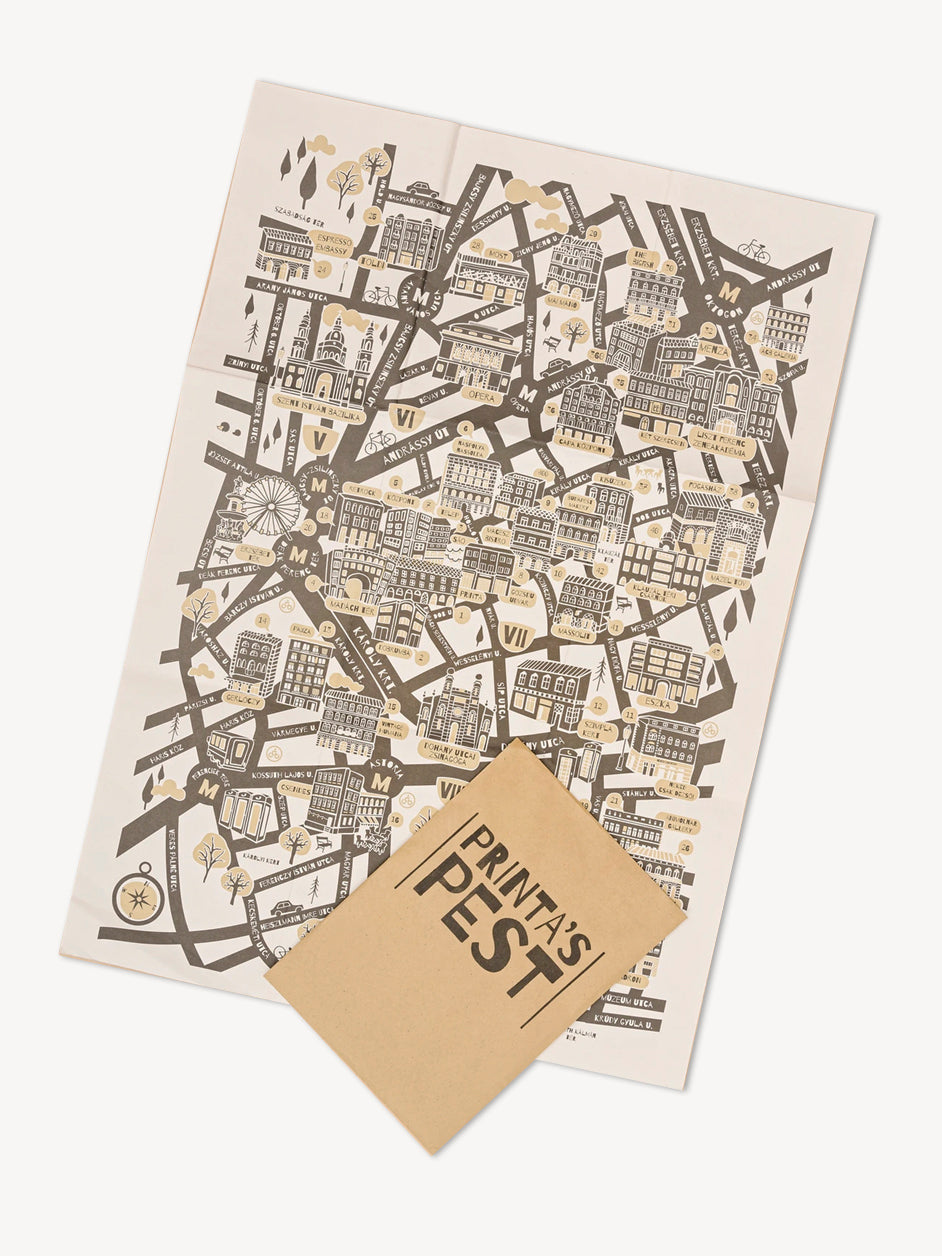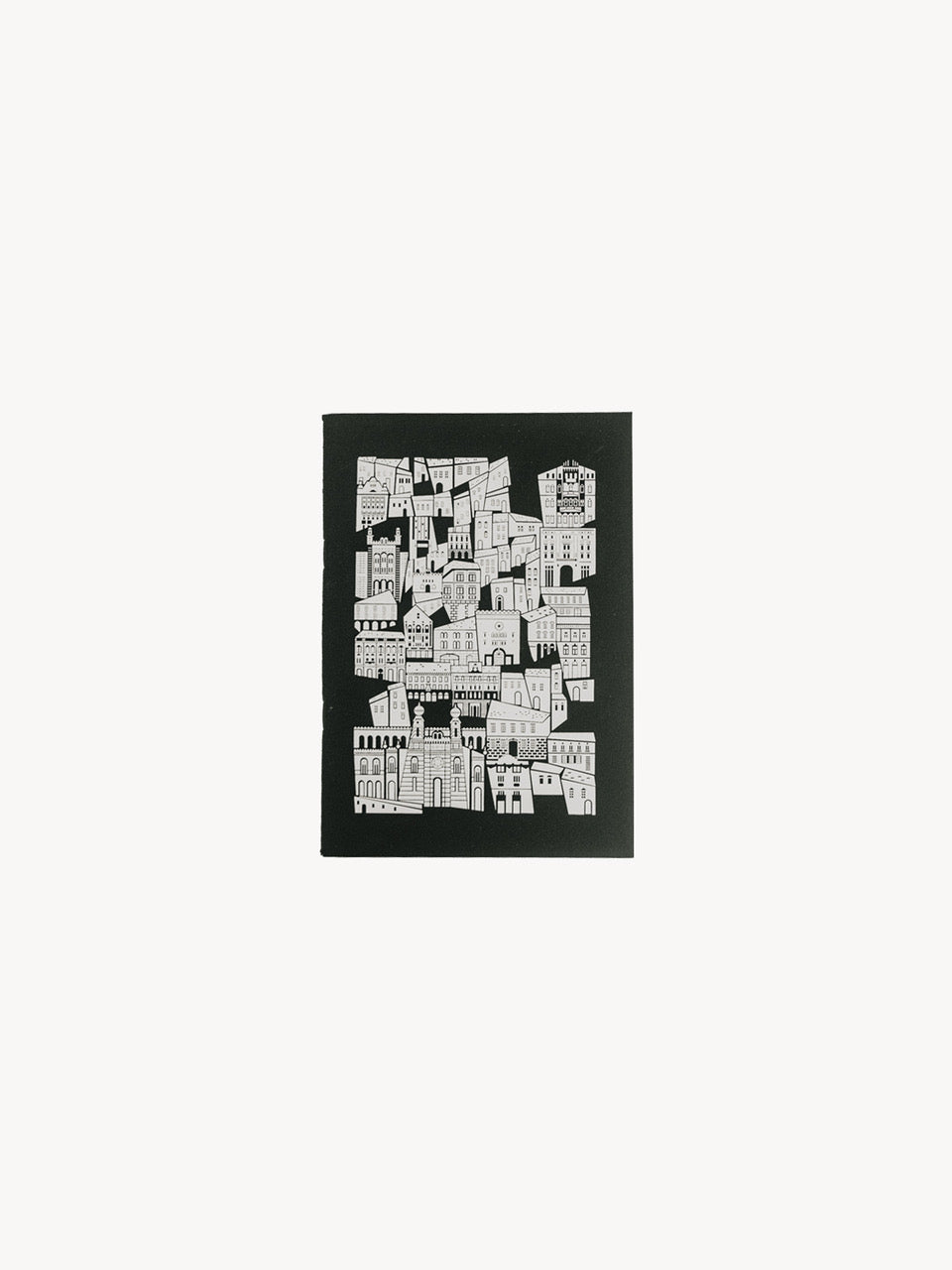What makes a home a home? What does it mean to leave it and then find it again? Can our home be multiple spaces at the same time? What does the feeling of home actually feel like? And what are the factors that trigger this feeling in us? The first exhibition of the Printa edition was inspired by the interconnected system of home and space. Behold, Homebound!

Home is not limited to a physical space, but also unfolds in a deeper emotional and spiritual dimension, the abstract content of which is in constant transformation. The works presented seem to reveal universal and personal stories of finding home, losing place, and searching for and finding home.

Oleksandra BALYTSKA
Oleksandra Balytska approaches the meaning of home through three different personal narratives. The childhood house, which balances stability and movement with its “legs” (My first home had legs) . In the form of an adopted cat, home becomes portable, accompanying her through changing spaces and temporary homes (My second home is a cat) . However, eternal home is woven from human relationships that go beyond the boundaries of physical space (My forever home is my loved ones) . Oleksandra’s works
They sensitively point to the harmony between home and our inner world, which can be created by a place, a partner, or our human relationships.

Sandra POLIAKOV
Sandra Poliakov’s works explore the interplay of searching for home and finding oneself. She captures the tension between the desire for stability and “floating” in her image of a woman sitting under a banyan tree (Searching for Roots). The aerial roots extending from the spreading branches of the banyan tree symbolize the quest to “find ground.” Despite its efforts to find its foundation, the tree, like the woman, floats in a state of search. The bright red sun behind it symbolizes both longing and restlessness. In contrast, the image of a woman surrounded by lush floral patterns (Finding Peace) is a symbol of harmony, growth, and arrival: a reminder that home can also be discovered in the creation of our own inner peace.

SÁNTÓ Sári
Sári Szántó recalls the details of two parallel homes: a panel apartment in a housing estate in Szolnok, and her grandmother's adobe house in a neighboring village. Both locations now live only in her memories – the adobe house has long disappeared, and the panel apartment has become someone else's home. The components of the two spaces, such as napkins, lace tablecloths, patterned textiles, plates hung on the wall, jugs, houseplants and stopped clocks, are the main motifs of her works. All of this is interwoven with intimate, everyday scenes: barefoot relaxation, shared meals, baths, quiet listening or moments of thinking about her father. The collages created in this way are as full of holes and gaps as her own memories – however, the gaps are just as important parts of the story as the preserved fragments.

The exhibition can be visited until January 30 .
Exhibiting artists: Oleksandra BALYTSKA, Sandra POLIAKOV, Sári SZÁNTÓ
Curator: Réka Vikárius
Homebound screen prints are available in limited editions in the Printa store and online .
